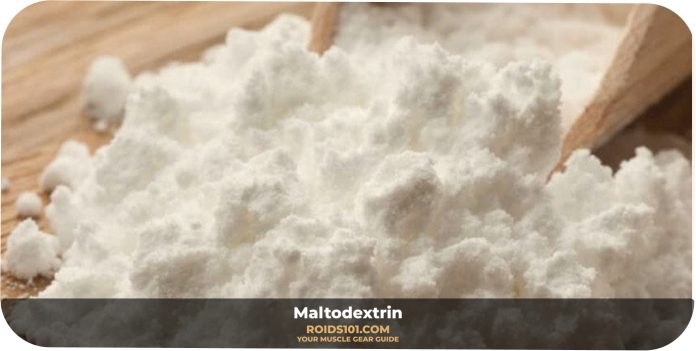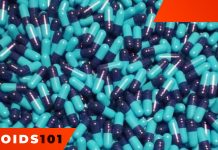Maltodextrin is often listed among the ingredients in products manufactured by the modern food industry, which, notoriously, contain lots of additives. For most buyers, this name does not say a lot (if anything), because most regular folk have no idea what this component is and what properties it has. If a person cares about a healthy and balanced diet, when seeing maltodextrin in the list of ingredients he or she will try to find out what it is, what benefits it brings or what harm it causes. Such interest is justified, indeed. There are many nutritional supplements that can be harmful in certain circumstances.
What is maltodextrin? Benefits and possible harm
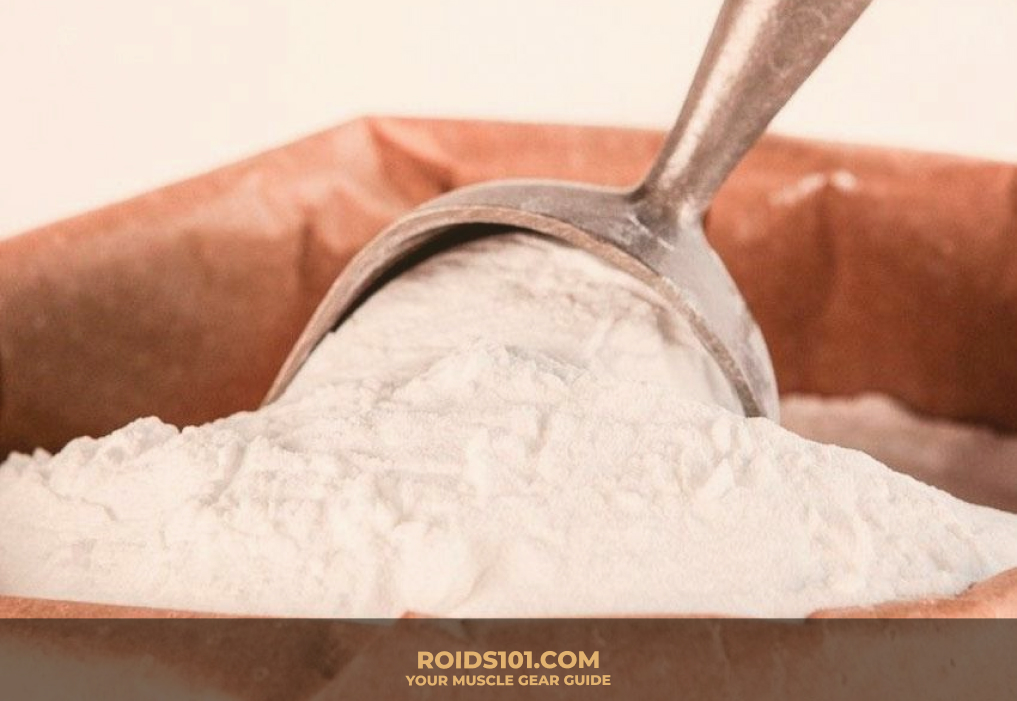
Maltodextrin is a nutraceutical which is being actively used in the modern food industry. The compound is most often added to sweets and baby food, compared to other products. This additive is contained in bakery and confectionery products in small concentrations. The largest amounts of it can be found in sports nutrition. Dietary products also contain this additive, for it essentially substitutes sugar.
Maltodextrin is obtained by processing starch. The normal form of the substance is hygroscopic creamy-hued or completely white powder. It can perform the following functions:
- Act as a baking powder, which is added to the dough when kneading
- It emulsifies the milk
- Promotion of rapid dissolution of products containing it, for example, powder mixtures
- It can thicken the product to obtain the desired consistency
- It slows down the oxidation processes, which allows you to maintain the marketable color of products much longer
- It can jellify certain products
- It improves the absorption of substances in the gastrointestinal tract
The list of maltodextrin properties is impressive, but the question of how harmless or beneficial it is for the body remains open. Manufacturers benefit from the use of this supplement. It helps to maintain the shape and brightness of sweets and confectionary, and also to keep all sorts of cookies crumbly. Maltodextrin is most often produced out of corn or potato starch. The powdery mixture enhances the taste perception, therefore, the gastronomical sensations after consuming a product containing this additive are much brighter and extra pleasant. Additionaly, the substance is highly hygroscopic, meaning it easily absorbs moisture. The component may also be present in drugs that are used in the preparation of different nutraceuticals.
The main advantage of maltodextrin for athletes is that when it enters the stomach, it is transformed into glucose, which is a source of energy. Thus, athletes receive a powerful boost of power for intense training and participation in competitions. Maltodextrin is not a doping, however. The substance is not one of the prohibited ones, since it is present in numerous food products, therefore it is freely used by many athletes.
Maltodextrin in food. Its purpose and important properties

This compound is added to the following products:
- Baby food and sports nutrition. It improves improve the digestibility of minerals present in mixtures
- Confectionery. It enhances the taste.
- Sweets. The compound makes it possible for sweets to remain in proper shape and color longer.
- Ice cream. Maltodextrin extends the shelf life of the treat.
- Perishable products. It helps to preserve commercial and gastronomical properties during transportation.
- Fast food. In this case, the additive contributes to the crystallization and dissolution of powdered preservatives, as well as the breakdown of convenience products
- Sauces and seasonings. It reduces sugar levels and enhances palatability.
Maltodextrin is used for spraying fruit crops. The substance helps protect berries from insects and preserves the freshness of fruits.
Without adding this nutraceutical, many products, the way we know them, would cease to exist. The absence of maltodextrin in the composition of bread would lead to a lack of a pleasant smell, would turn jelly into a shapeless blob, and candies would lose their bright and appetizing color. Baking without maltodextrin quickly becomes stale and tasteless.
Allergy to maltodextrin
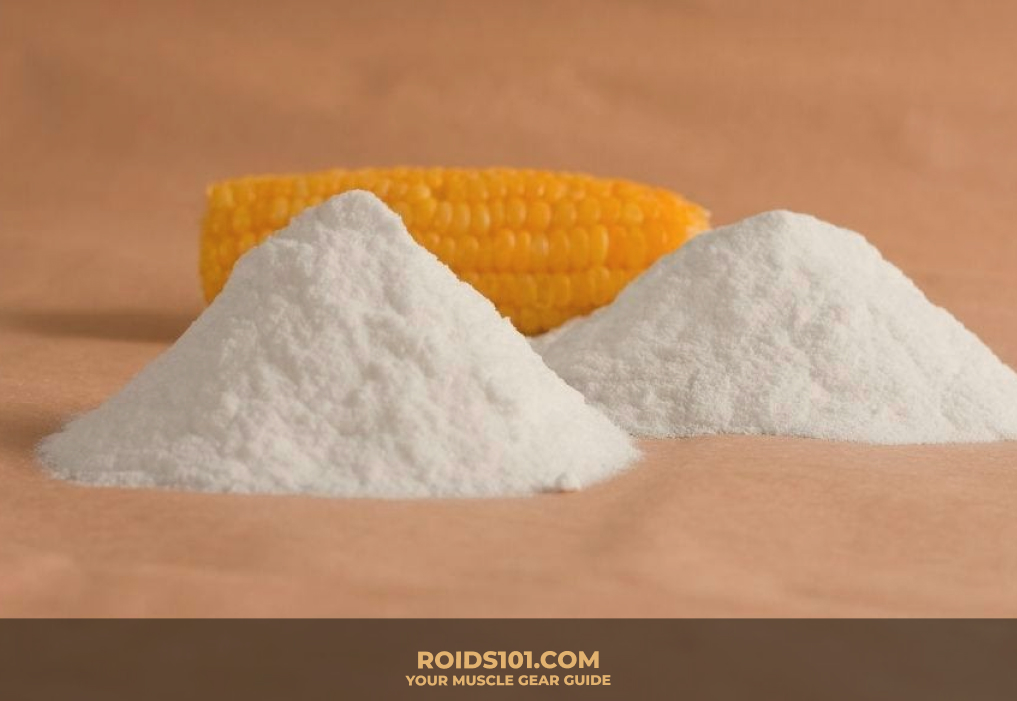
Maltodextrin is not an allergen per se. However, it doesn’t mean that intolerance does not occur at all. Other components that are allergens may be present in the composition of the additive. Taste enhancers and other ingredients, for example, lemon additives, which are placed in powder so that dietary supplements enhance the body’s defense against colds, are considered such.
In its pure form, maltodextrin has the structure of natural starch and does not cause allergic symptoms. It is not split by the gastric secretion and is resistant to dietary fibers and acids. Along with the absence of an irritating effect, this additive also has a positive effect on digestion, helps to reduce the levels of radionuclides, heavy metals, sugar, toxins and harmful cholesterol.
Maltodextrin in bodybuilding. Should you drop it?

Athletes take this compound as an energy source and in order to maintain themselves in good physical shape. The main thing is to understand that a substance called maltodextrin is different from dextrose. The difference is noticeable even in taste. Maltodextrin is considerably less sweet.
To gain muscle mass, bodybuilders take various supplements with high calorie content, which allows them to increase the general caloric value of the diet. Maltodextrin has a mild and pleasant taste. It is highly soluble in water and other liquids. This property of the substance helps to quickly prepare high-quality protein shakes from protein powders. The latter is taken in an amount from one to two tablespoons, and then mixed with maltodextrin and. The mixture then dissolved in 100-300 ml of liquid (usually water).
The additive provides the body with energy, but it does not contain fats. Maltodextrin in bodybuilding is usually consumed during muscle gain. The disadvantage of this additive, however, is that it is quite high in calories. There is no fat specifically in the product, but large amounts of calories can lead to the accumulation of subcutaneous fat just by itself. A pro of the additive is that it provides high productivity in training by reducing the rate of conversion of carbohydrates.
Maltodextrin is recommended to be diluted with either water or fruit juice. It is better to mix the substance in a mixer or a shaker. The compound goes together with protein powders quite well. It diffuses the protein mixture, which improves the taste of maltodextrin. These components perfectly complement each other. The resulting beverage is drunk during training and before the start of it. Thus, the athlete’s performance improves and carbohydrate and glycogen stores are quickly replenished. The usual portion of maltodextrin is 38 g. It contains complex carbohydrates (34 g) and 145 kcal of energy.
There is no lactose or any artificial sweeteners in this supplement. It is pure maltodextrin, which is an indisputable advantage.
Glycemic index
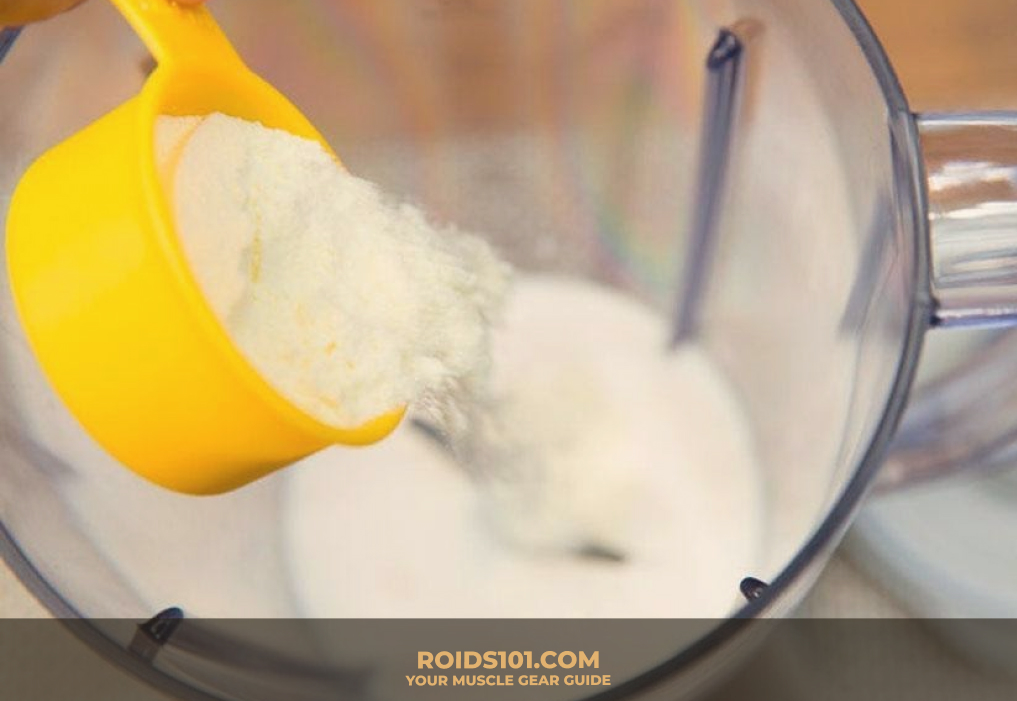
The substance has a high GI. It means that it poses a threat only to those who suffer from type II diabetes and only during the period of remission. The additive does not do any harm to a healthy person, it does quite the opposite by contributing to the natural production of insulin.
What matters is from which source the substance is derived. Typically, maltodextrin is made from potato or corn starch. However, it can also be made from wheat, which is mostly typical for eastern countries. In such case, a warning about the presence of gluten must be indicated on the packaging of baby food, since for some babies it can be dangerous. In the United States and Europe, maltodextrin is made from safe ingredients containing starch. They may also contain gluten, but it is not dangerous for allergy sufferers.
Maltodextrin can be made from rice, potato, corn starch or from all three at once. The substance is a source of carbohydrate energy, the history of use of which dates back many decades. Sometimes it is mixed with dextrose, BCAA complexes, amino acid and protein shakes. Its glycemic index is high, but the substance is usually classified as a complex carbohydrate, since the raw material for the product is natural starch.
Maltodextrin can be mixed with dextrose monohydrate. The substance is a highly digestible product that is great for athletes as a reliable, affordable and effective source of carbohydrates, which allows to increase the intensity of training by increasing endurance.
Maltodextrin and dextrose. Similarities and differences
These substances have some similarities. Maltose is out of the question, since it is fundamentally different from these additives.
Maltodextrin and dextrose have many common features, but so as differences:
- Production. Maltodextrin is produced by the enzymatic degradation of starch and is used in isotonics and gainers as an additive for mixing sports drinks. Dextrose is obtained by hydrolysis of cellulose and starch, which results in obtaining a simpler carbohydrate with a monosaccharide.
- Function. Taking dextrose, even without intense physical activity, provides better nutrition for muscle tissue, prevents high glycogen levels from affecting the duration of a workout, and delays the onset of fatigue. Maltodextrin is quickly absorbed, and after that it accelerates muscle nutrition. This property is the reason why it is highly appreciated by athletes, and especially those involved in cycling.
- Preference. Maltodextrin replaces glucose-based gainers, since it is not sugar and provides much better nutrition for blood cells. Dextrose is synergistic with creatine and is involved in glycogen resynthesis, indirectly increasing muscle strength.
- Price. Dextrose can be bought much cheaper than a complex carbohydrate such as amylopectin. Maltodextrin is even more affordable and basically the most cost-effective nutraceutical in its class.
- Dosage. Dextrose is taken in amount of 0.5-1 g per 1 minute of training. The exact amount depends on the athlete’s own weight. Maltodextrin is drunk in 3 g for every 2 kg of body weight.
- GI and caloric value. The glycemic index of maltodextrin is 136, and the calorific value is 380 kcal per 100g. For dextrose, it’s 100 and 337 respectively.
These substances are necessary for the formation of muscle mass in childhood. For adults, if they are not actively involved in sports, it’s better to avoid these additives. Gainer supplements with maltodextrin content are useful for athletes, so they are valued higher than those which do not contain this substance.
